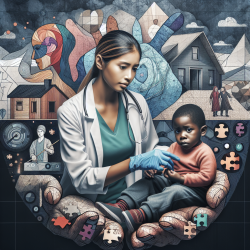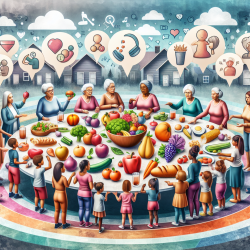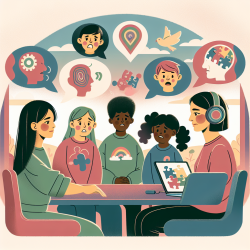Introduction
In the face of natural disasters, effective communication becomes a lifeline for communities. The research article "Reconnoitering NGOs strategies to strengthen disaster risk communication (DRC) in Pakistan: A conventional content analysis approach" explores how NGOs in Pakistan are enhancing disaster risk communication. This blog delves into the findings of the study and offers insights for practitioners seeking to improve their skills in disaster risk management.
Understanding the Research
The study focused on four districts in Khyber Pakhtunkhwa, Pakistan, a region severely affected by floods. Through semi-structured interviews with 50 participants from relief organizations, local institutions, and affected households, the research identified key strategies employed by NGOs to enhance disaster risk communication.
Key Strategies for Effective Disaster Risk Communication
- Administration of Educational and Information Transmission: NGOs prioritize education and information sharing to prepare communities for disasters. By using diverse educational approaches, such as ambient ad campaigns and media engagement, NGOs can reach a wider audience and equip individuals with the knowledge needed to respond effectively during crises.
- Managing Obstacles in Communication: Building trust is crucial for effective communication. NGOs engage with communities, listen to their concerns, and provide tailored information to address misinformation and fake news. Empathy and compassion play a vital role in fostering trust and cooperation.
- Management of Inter-Organizational Communications: Coordination among relief organizations is essential for efficient disaster response. By sharing resources, information, and establishing clear communication channels, NGOs can ensure a unified response to disasters.
Implications for Practitioners
Practitioners in disaster risk management can draw valuable lessons from this study. Implementing educational strategies, building trust with communities, and fostering inter-organizational collaboration are key to enhancing disaster risk communication. By focusing on these areas, practitioners can improve their skills and contribute to building resilient communities.
Conclusion
Effective disaster risk communication is a cornerstone of community resilience. The strategies identified in this study offer a roadmap for practitioners to enhance their skills and contribute to more effective disaster management. As we continue to face the challenges of natural disasters, strengthening communication between NGOs, communities, and stakeholders is essential for saving lives and reducing risks.
To read the original research paper, please follow this link: Reconnoitering NGOs strategies to strengthen disaster risk communication (DRC) in Pakistan: A conventional content analysis approach.










